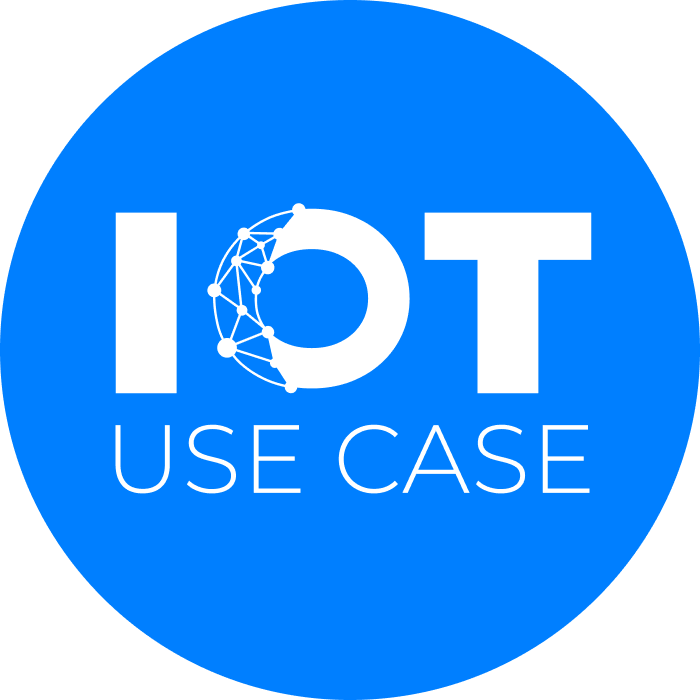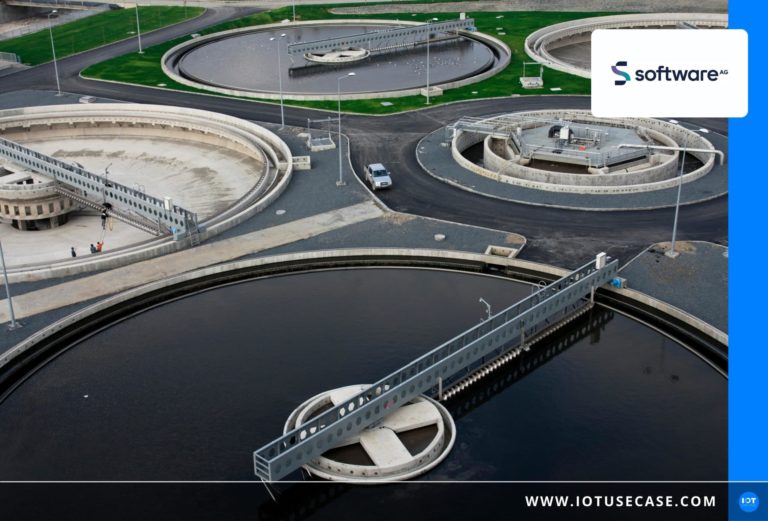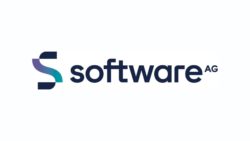Operational measures for process optimization can be taken by instinct or experience; however, objectively verifiable results can only be achieved with data-driven insights. The process data as a basis are usually already available, they only have to be evaluated sensibly. External service providers or – in larger companies – central research departments can of course do this, but they are cost-intensive. Those who want to take matters into their own hands use BI software, but this is often unnecessarily complicated and confusing. One solution is TrendMiner from Software AG – a self-service industrial analytics solution. In this use case, TrendMiner was used in a wastewater treatment plant to significantly save energy in the biological treatment stage.
The challenge: Data available - analysis skills not
Wastewater treatment plants should treat wastewater in an energy-efficient manner while complying with all legal requirements. Typically, wastewater treatment plants store large amounts of their process data. Nevertheless, the use of this data is often limited to just two applications: visualization and reporting. Gladly in the form of Excel files. Knowledge gained in the past is difficult to retrieve and use in this process. Thus, it is impossible to predict developments in the production process and in terms of maintenance, one is limited to a purely reactive behavior. A failure of an important pump, for example, means an unplanned shutdown of the process. This can only be avoided if the operating status of the pump is continuously monitored. But what is the best way to proceed here? Process engineers know the process, but often lack data science skills. Data Scientists can program and develop models, but do not understand the challenges and idiosyncrasies of the process the way the process engineer does. Wouldn’t it be practical if those who work in the relevant process and are most familiar with it could take over the monitoring and analysis themselves and use the sensor data already collected for this purpose?
The solution: Advanced Analytics as a DiY package
TrendMiner is a platform from Software AG that was developed for precisely this constellation. This enables process engineers to independently visualize operational processes, perform analyses, identify correlations, create forecasts and optimize performance.
To get started, it is a good idea to analyze all historical production data and assess when the process was least efficient in using raw materials or delivered a poor quality product. The factors influencing the anomalies are not always clear, but must be identified. TrendMiner’s analytics can do this without requiring any data modeling. For slow shifts that don’t immediately catch an observer’s eye, TrendMiner can also be used to look for the factors that influence this bad behavior. Once a reference model is created based on the best process performance profiles in the past, it can be used to monitor the live process. TrendMiner’s pattern recognition technology can even predict further process development based on available historical data. Based on the predicted process development, appropriate measures can be taken by the control room personnel in the event of deviations from the reference model. TrendMiner also sends automatic notifications when actual process behavior deviates from the reference model for a certain period of time. To further improve quality control, lab test results can be imported into TrendMiner to validate the best production runs and ensure that the reference model is based on lab facts. All this can be saved on the platform and shared with other colleagues. In this way, knowledge is retained and can be used to train new resources and increase process competence in the team.
The result: Process optimized - knowledge stays in-house
The process of biological wastewater treatment is very energy-intensive and therefore also cost-intensive. By using TrendMiner, process behavior could be monitored in real time and maintenance could be predicted based on process data. This significantly increased energy efficiency: after a short period of only around two months, the wastewater treatment plant was already able to save around 50,000 kWh. This was possible without relying on external data science resources, because the employee directly involved with the process was able to perform and schedule the analyses and measures independently.
It would be conceivable to expand the business model to include the service of carrying out analyses and recommendations for action for affiliated companies or external customers.






